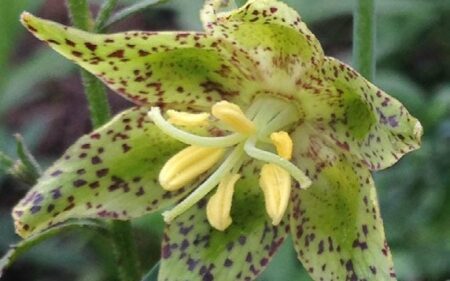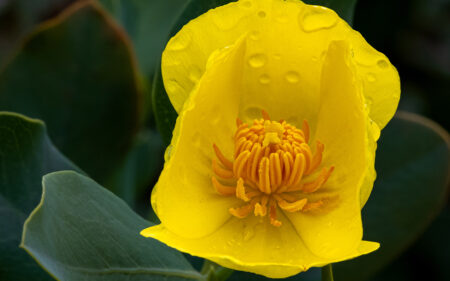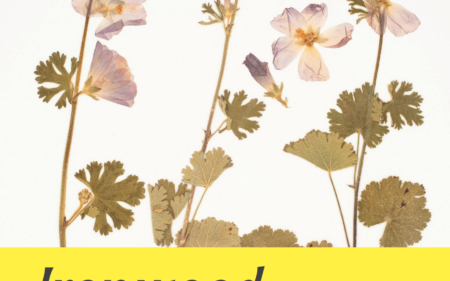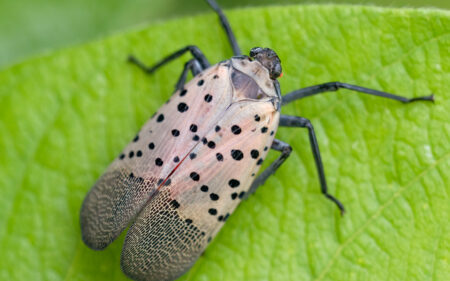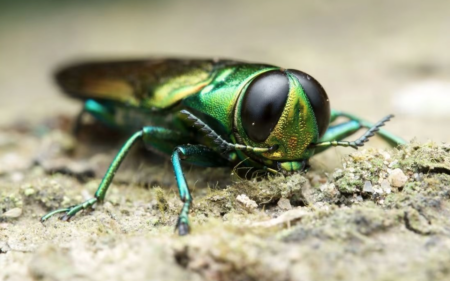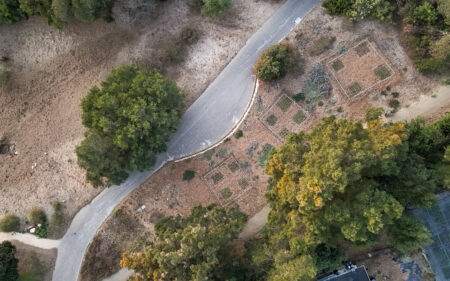3 Tips for Mastering Garden Design
When planning your garden, it is important to consider layout and design.
Welcome back to our October planning series with Alejandro Lemus, the Garden’s horticultural educator. In this episode, Alejandro talks to us about garden design and shows us that design doesn’t always have to be as complicated as rocket science.
Whether you have a small balcony, a modest backyard, or a sprawling estate, you can design your garden to create a cohesive and beautiful layout if you consider a few key techniques.
Leveraging his background in landscape design and yard planning, let’s follow along as Alejandro outlines a few ways you can achieve a harmonious and visually appealing outdoor space.
Mass Planting
One thing to consider when designing your garden is mass planting. When you mass plant, you’re not just planting one plant. You’re planting maybe three, five, seven, nine, or even more plants so that the blooms of that plant are more profuse and stand out and pop in your landscape.
To begin mass planting, choose a singular species or several plants that have similar color, texture, and density. Planting in masses accentuates color and texture in your garden, creating dramatic and eye-catching visual displays. Mass planting can also be used for erosion control on slopes to stabilize the soil and prevent runoff. Planting a large number of the same plant simplifies gardening tasks and reduces the maintenance required by the gardener.
For example, in our home demonstration section, we mass planted Silver Carpet Aster (Corethrogyne filaginifolia). The flowers of the Silver Carpet Aster are actually very small in size, but when we plant multiple of them in one area, they transform into a beautiful, cohesive groundcover. The concept of mass planting actually comes from Mother Nature herself (just take a look at a nearby meadow or field).
Hydrozoning
One other thing you should consider when planting your garden is hydrozoning. Hydrozoning is the practice of grouping plants with similar water requirements together so that your maintenance is reduced down the line and the plants thrive. Cluster together plants with similar water, sun, and soil requirements. Hydrozoning will reduce water waste and improve plant health by minimizing underwatering and overwatering.
At the Garden, you can find great examples of hydrozoning. At our meadow pond, we have the polypody (Polypodium sp.), which appreciates a shady environment and regular water planted next to our low growing Yerba Buena (Clinopodium douglasii) which has a minted fragrance. Then, next to this, we also planted the Elk Blue Spreading Rush (Juncus patens) which appreciates moisture. All three of these plants have similar water, sun, and soil requirements which means, together, they’re happily thriving in a similar environment.
Garden Structure
One last thing to consider when garden planting is garden structure. Using a common garden design principle, you want to plant your low ground covers in thee foreground, then your medium-sized shrubs, and finally any larger shrubs or trees in the background.
By layering your plants, you add structure and definition, creating more interest in your garden. When used effectively, you’ll be able to appreciate all the different plants, their amazing foliage, and their flower colors.
When choosing plants for the ground plane, focus on the use of low-growing annuals and perennials. Shrubs and smaller tress work best for the mid-story, while the canopy should consist of larger trees like habitat providing oaks (Quercus sp.).
Thanks for tuning in to this episode of fall planting tips and tips with Alejandro. If you missed the last episode, you can catch it here and learn more about how to establish your garden goals.
 Donate
Donate